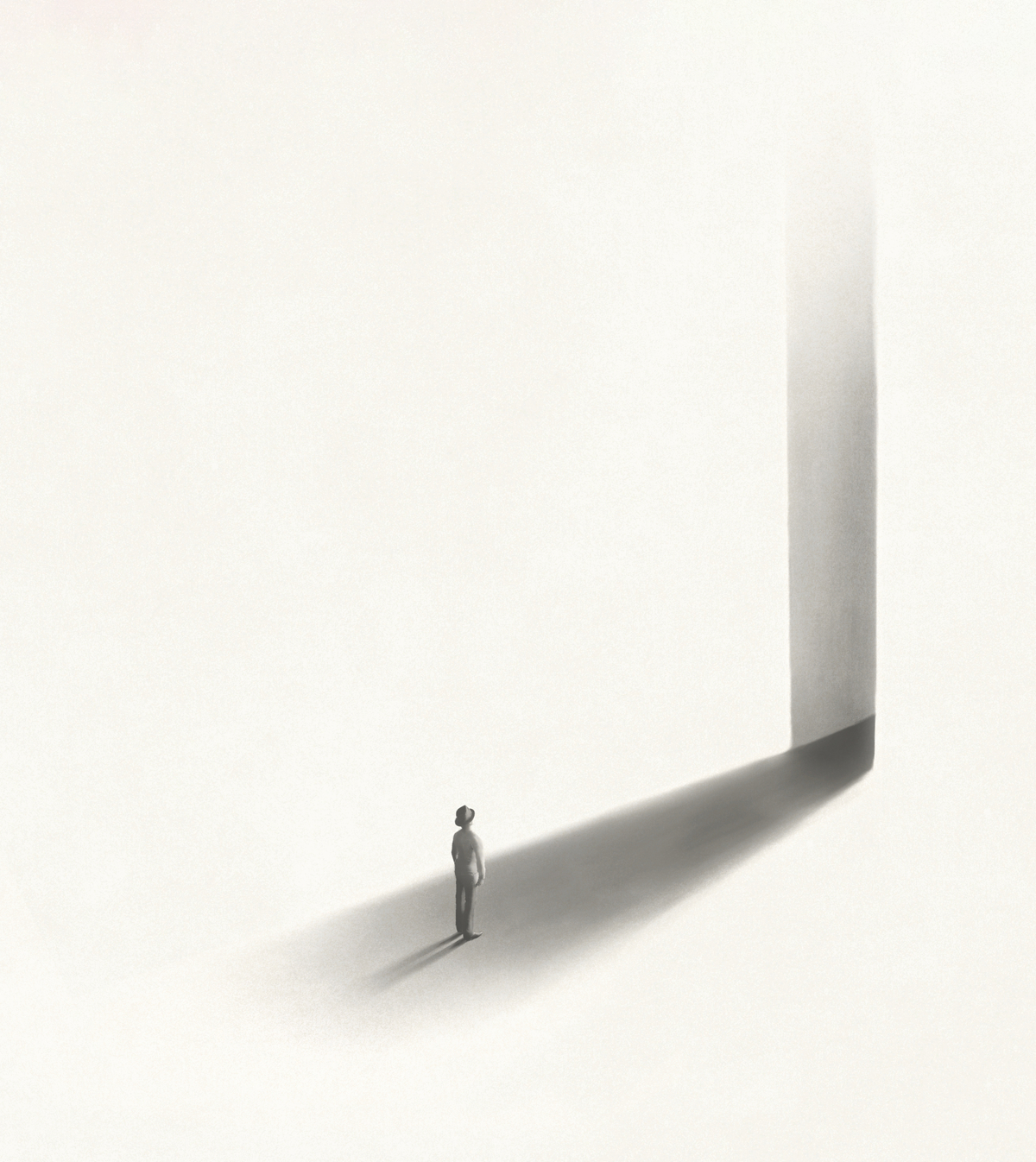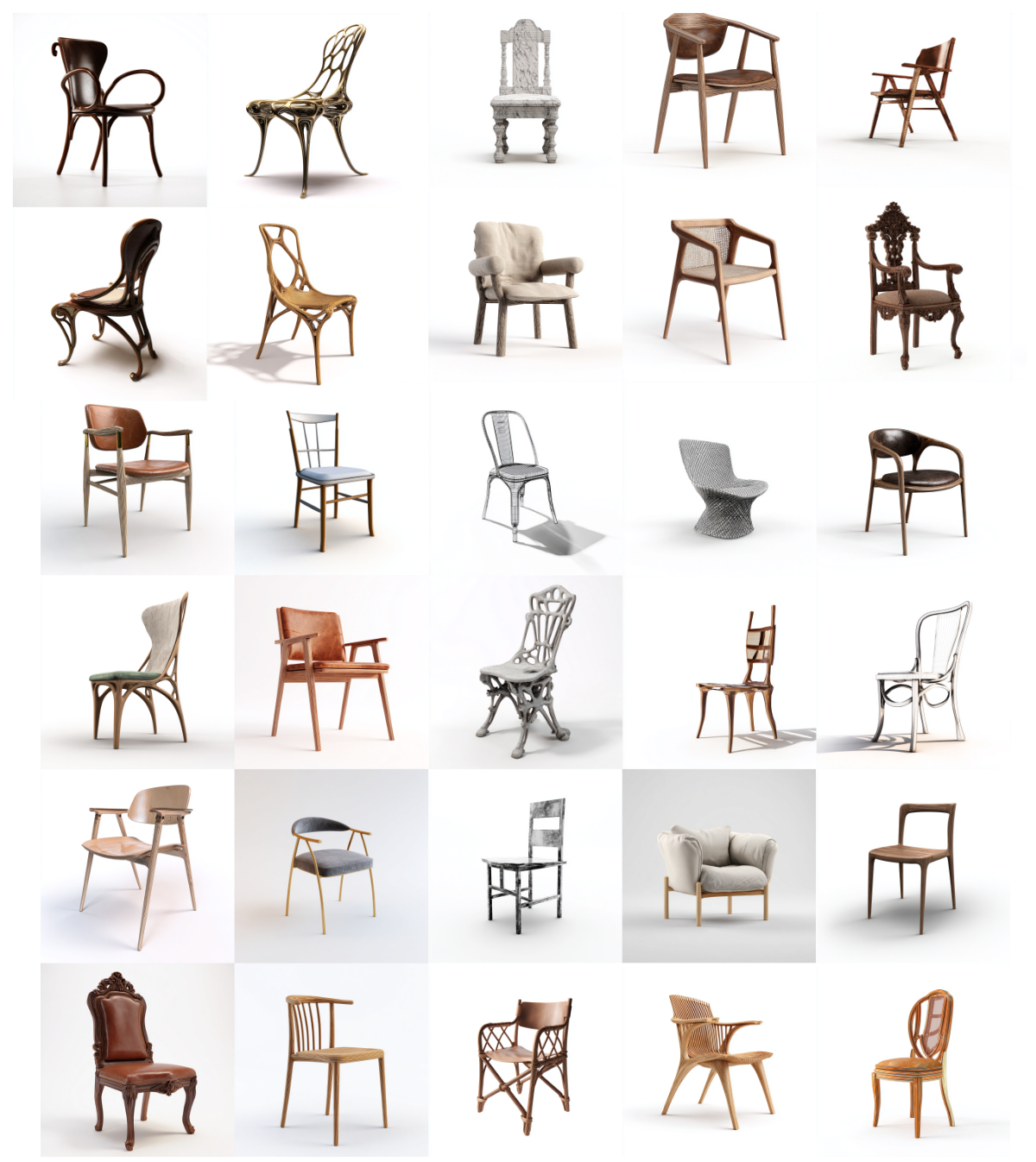In the words of Bill de Blasio, New Yorkers have a “crisis of affordability” on their hands. This is a crisis built upon the success that the city has had in recent decades. These years have made the city safer and more appealing for people from all over the world to come and start businesses, study, and live.
This has put a huge strain on housing stock and has led to New Yorkers having to spend increasing amounts to cover their housing expenses, which has made entire neighbourhoods unaffordable.
Diversity is part of the fabric from which New York City was cut, so it is becoming ever important to ensure that New York is open for all, regardless of background.
This competition acts as a challenge to the architectural community. To those just starting out in the industry as well as those who are known across the world, the question is this: How do we use the limited resources, both in terms of plots of land and the availability of finance, to create homes and communities that can continue to be diverse and open to all?
All participants are eligible to receive the “NYB Green Award“. The jury will evaluate the submitted projects based on the best sustainability practices for: construction methods, materials used, logistics, maintenance and innovation. The winner of this award will win $500.
We welcome any student of architecture to get involved and submit his or her own design entry for the “Rising Star Award”. The leading student design will win $500 and will also have the opportunity to become an intern at a New York architecture practice.
The winners of the competition will be announced at the New York Build Expo on March 15 at the Javits Center. The top 3 designs, as well as the “Rising Star Award” and “NYB Green Award”, will be announced at the show. The presentation will include a virtual reality tour, provided by Vividly, which will allow our audience to gain a full VR experience in what will be a pioneering presentation format.
Programme:
Design a pilot-phase concept for affordable housing within New York City, which can be easily rolled out to increase capacity of housing stock, and is minimal in its use of land and materials.
No minimum size or amount of residential units per block is defined. The proposals should be flexible enough to adopt to different sizes for various inhabitant capacity requirements.
Designs for the New York Affordable Housing Challenge should be able to adapt to various locations across the city. The designs should also be adaptable, allowing adjustments to be made in order to suit different residential capacity requirements.
Missed the registration deadline?
Enter the next Buildner Affordable Housing Challenge (https://beebreeders.com/housing-crisis)

Competitions
Resources
GET INSPIRED
- Buildner
- Architecture competitions
- New York Affordable Housing Challenge
International Architecture Competition
New York Affordable
Housing Challenge
Affordable Housing Series #1













